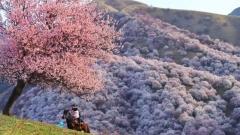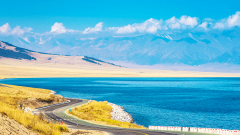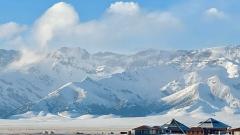Backpacking through Xinjiang, China’s vast and diverse northwest region, is an adventure that rewards those seeking open horizons, ancient cultures, and raw natural beauty. From the snow peaks of the Pamirs to the golden sands of the Taklamakan Desert, Xinjiang offers some of the most dramatic landscapes on earth — but independent travel here requires preparation, flexibility, and respect for local cultures.
Understand the Region Before You Go
Xinjiang is enormous — one-sixth of China’s total land area — so distances between cities are long. It’s home to many ethnic groups, including Uyghur, Kazakh, Tajik, and Han Chinese, each with distinct languages, customs, and cuisines. Learning a few words of Uyghur or Mandarin and being open-minded toward local traditions will go a long way in ensuring smooth travel.

Best Time for Backpacking
The ideal seasons are spring (April–June) and autumn (September–October), when temperatures are mild and landscapes at their best.
-
Spring: Lush valleys and blooming apricot trees in Turpan and Kashgar.
-
Summer: Great for trekking in Tianshan or Sayram Lake but expect heat above 40°C in the desert.
-
Autumn: Vibrant colors in Kanas and Ili make for postcard-perfect scenery.
-
Winter: Fewer tourists, snow-covered beauty, but freezing conditions — suitable for experienced adventurers.

Transportation: Getting Around
Public transport in Xinjiang is well-developed:
-
Trains: Ideal for long distances. Routes like Urumqi–Kashgar offer comfort and stunning views.
-
Buses: Connect smaller towns and rural areas. Check schedules carefully, as departures may be limited.
-
Car Rentals or Ride Shares: Perfect for exploring remote areas like Tashkurgan or Kanas Lake. Always carry your passport for police checkpoints along highways.

Xinjiang Barkol Grassland
Budget and Accommodation
Xinjiang can be surprisingly affordable for backpackers.
-
Budget: ¥250–400/day covers hostels, meals, and transport.
-
Accommodation: Hostels and guesthouses are common in Urumqi, Kashgar, and Turpan, while homestays offer authentic experiences in rural regions.
-
Tip: Carry cash — smaller towns may not accept foreign cards or mobile payments.
What to Eat on the Road
Xinjiang’s cuisine is one of China’s most diverse and flavorful. Don’t miss:
-
Laghman (hand-pulled noodles)
-
Kebabs and naan bread
-
Polu (pilaf rice with lamb and carrots)
-
Yogurt and dried fruits from local bazaars
Street food is generally safe, but avoid raw or uncooked dishes when traveling long distances.
Respect Local Cultures and Customs
Xinjiang’s ethnic diversity means travelers should be mindful of cultural sensitivities:
-
Dress modestly in rural or Muslim-majority areas.
-
Ask before photographing people or religious sites.
-
During Ramadan, avoid eating or drinking publicly during daylight hours in Muslim communities.
Respect fosters understanding — something every backpacker should carry alongside their backpack.
Safety and Travel Permits
Xinjiang is generally safe for travelers, with a strong police presence in most areas.
-
Always keep your passport and travel permit handy for random checks.
-
Register at hotels or hostels — it’s mandatory for all foreigners.
-
Stick to permitted routes and avoid restricted border zones unless you have special approval.
Must-See Highlights for Backpackers
-
Kashgar Old Town: Ancient Silk Road trading hub with mosques, bazaars, and Uyghur architecture.
-
Tashkurgan: High-altitude town with Tajik culture and stunning Karakoram views.
-
Turpan: Sun-drenched vineyards, Jiaohe ruins, and Karez irrigation system.
-
Sayram Lake: Perfect for camping and sunrise photography.
-
Kanas Lake: Breathtaking alpine scenery, ideal for trekking.
Each destination offers a glimpse into the region’s layered history and cultures.
Packing Essentials
-
Layered clothing for temperature changes
-
Sun protection (hat, sunglasses, sunscreen)
-
Reusable water bottle and purifier
-
Offline maps (e.g., Maps.me or Baidu Maps)
-
VPN for internet access
-
Small first aid kit
Xinjiang’s size and remoteness mean being self-sufficient is key to comfort and safety.
Conclusion
Backpacking across Xinjiang is not just a trip — it’s a journey through civilizations, deserts, and mountains that few travelers experience. From camel tracks in the dunes to snowy peaks near the border of Tajikistan, every turn of the road reveals something ancient, beautiful, and deeply human.
For travelers seeking authentic Silk Road experiences, custom routes, or group tours, visit China Dragon Travel to plan your next great adventure across Western China.





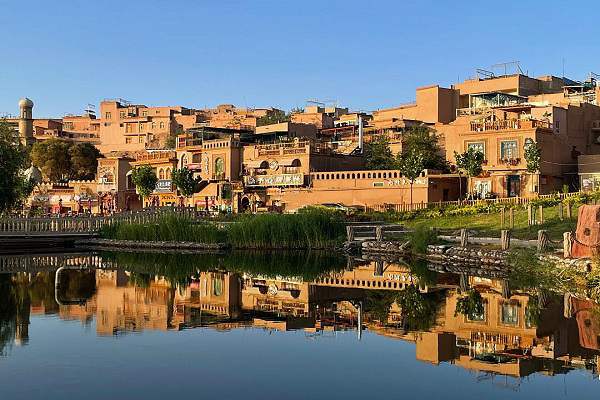
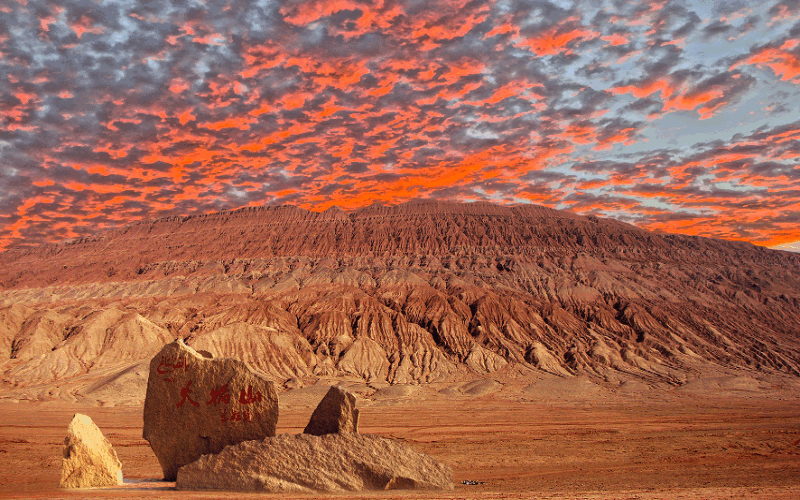

![11 Day Tour[Winter Limited] Drunken Beauty Xinjiang Ice and Snow Kanas Fairy Tale New Vision](https://www.chinadragontravel.com/wp-content/uploads/2025/12/25cff76cef9e445-240x135.jpg)
